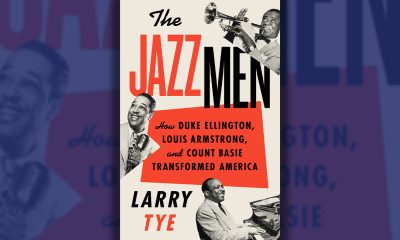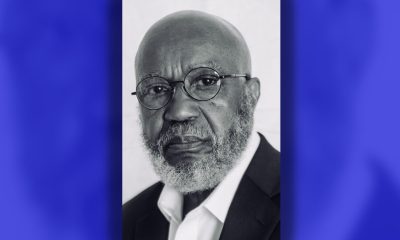Book Reviews
Real Life Fears During Jim Crow Era Compound Horror for Incarcerated Children in ‘The Reformatory’
You’ll do better next time. You’re sorry, deeply sorry, sincere in your apology, and it won’t happen again. You had a chance to think about your transgressions and you were wrong. What can you do or say to make things better? How can you properly make amends? As in the new book “The Reformatory” by Tananarive Due, how long should you pay for something you didn’t do?
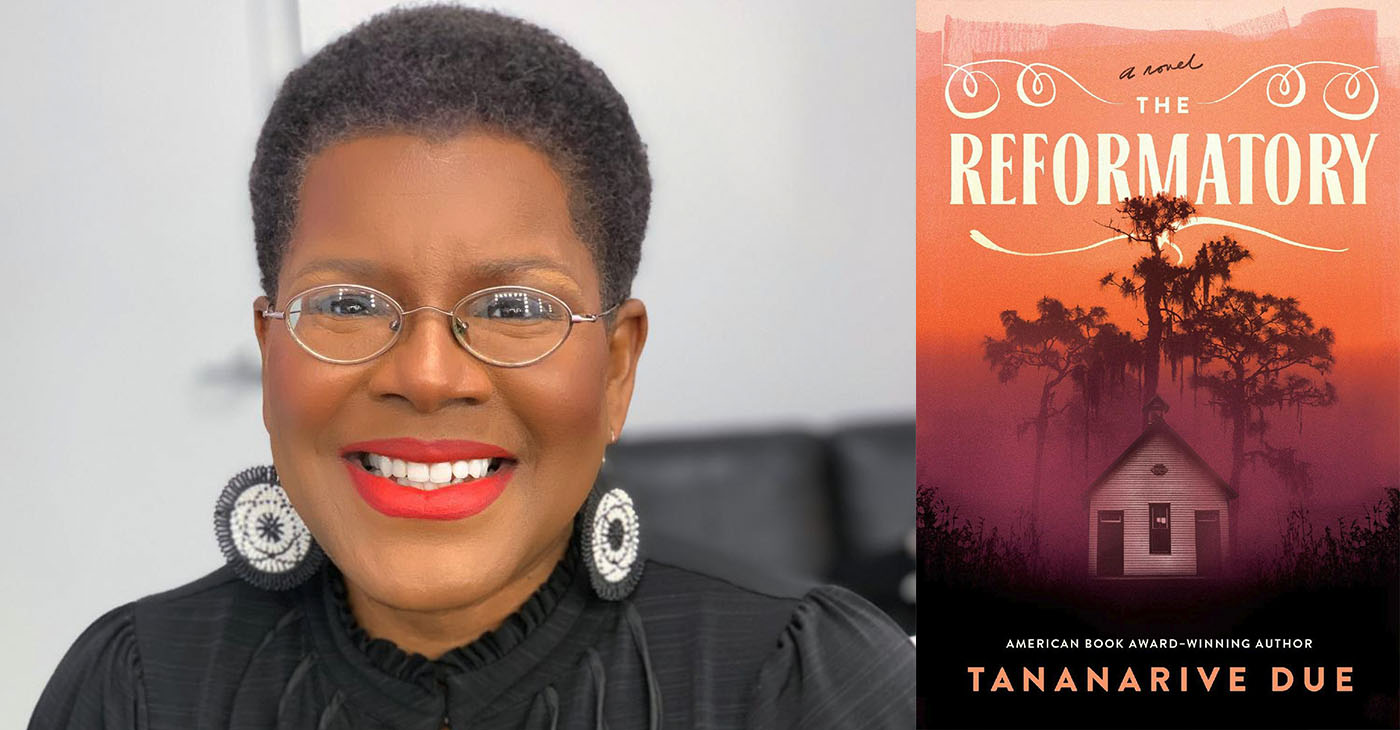
By Terri Schlichenmeyer
The Bookworm Sez
You’ll do better next time.
You’re sorry, deeply sorry, sincere in your apology, and it won’t happen again. You had a chance to think about your transgressions and you were wrong. What can you do or say to make things better? How can you properly make amends?
As in the new book “The Reformatory” by Tananarive Due, how long should you pay for something you didn’t do?
The north Florida countryside was passing by fast as Robert Stephens sat small in the passenger seat of the fancy car. Any other time, he’d be enjoying himself but not now. No, this time, he was on his way to The Reformatory, a school for boys who’d broken the law.
How did things get this far, this fast? It wasn’t but a day or so before that Robert and his sister Gloria were walking down the road when Lyle McCormack, son of Gracetown’s richest man, tried to kiss Gloria and Robert kicked Lyle, in defense of his sister.
It was 1950 and every Black person knew that you didn’t do that to somebody who was white, but Robert kicked before he could stop himself and he was arrested. And here he was, 12 years old, on his way to a place where Papa said was where the killing started.
But Papa wasn’t around anymore, having been run out of town for his union work. It was just Gloria, Robert, and old Miz Lottie, and Robert was terrified.
Ever since he was little, he’d been able to see things nobody else could see. He told Gloria that Mama visited him sometimes, even though she’d been dead for months. He knew things, too; the closer the car got to The Reformatory, the more he knew he couldn’t stay there for the next six months. The place smelled like smoke, but there were no fires.
It smelled like death and fear.
He had to trust that Gloria would get him home. He’d trust Mama to watch over him.
He could see “haints” at The Reformatory. The place was full of them…
Though it might seem like one, “The Reformatory” is not just a ghost story. It’s tighter, scarier, more ominous because this tale has deep roots based in truth.
Like the tentacles belonging to some sort of evil creature, Jim Crow laws ooze into every corner of this book, wrapping tendrils around the characters and their lives. That’s a terror that’s told authentically and is (un)easy to imagine, but then author Tananarive Due kicks the frights into maximum overdrive with ghosts and madmen that you can sometimes barely tell apart.
Even scarier: they’re inside The Reformatory, and outside it, and they want revenge — both of the otherworldly kind and based in reality. Scarier still: they’re willing to make deals.
If you have a heart condition, you might want to pass on this book because it’ll raise your pulse rate to the roof. If you’re healthy and brave, though, look for “The Reformatory.” When it comes to scary novels, you’ll never do better.
“The Reformatory” by Tananarive Due, c.2023, Gallery/Saga Press, $28.99, 576 pages
Black History
Book Review: ‘The Jazzmen: How Duke Ellington, Louis Armstrong, and Count Basie Transformed America’
Your toes didn’t wait long before they started tapping. They knew what was coming, almost as soon as the band was seated. They knew before the first notes were played and the hep cats and jazz babies hit the floor to cut a rug. Daddy, it was the bee’s knees but in the new book “The Jazzmen” by Larry Tye, if you were the Sheik on the stage, makin’ cabbage wasn’t all that swank.
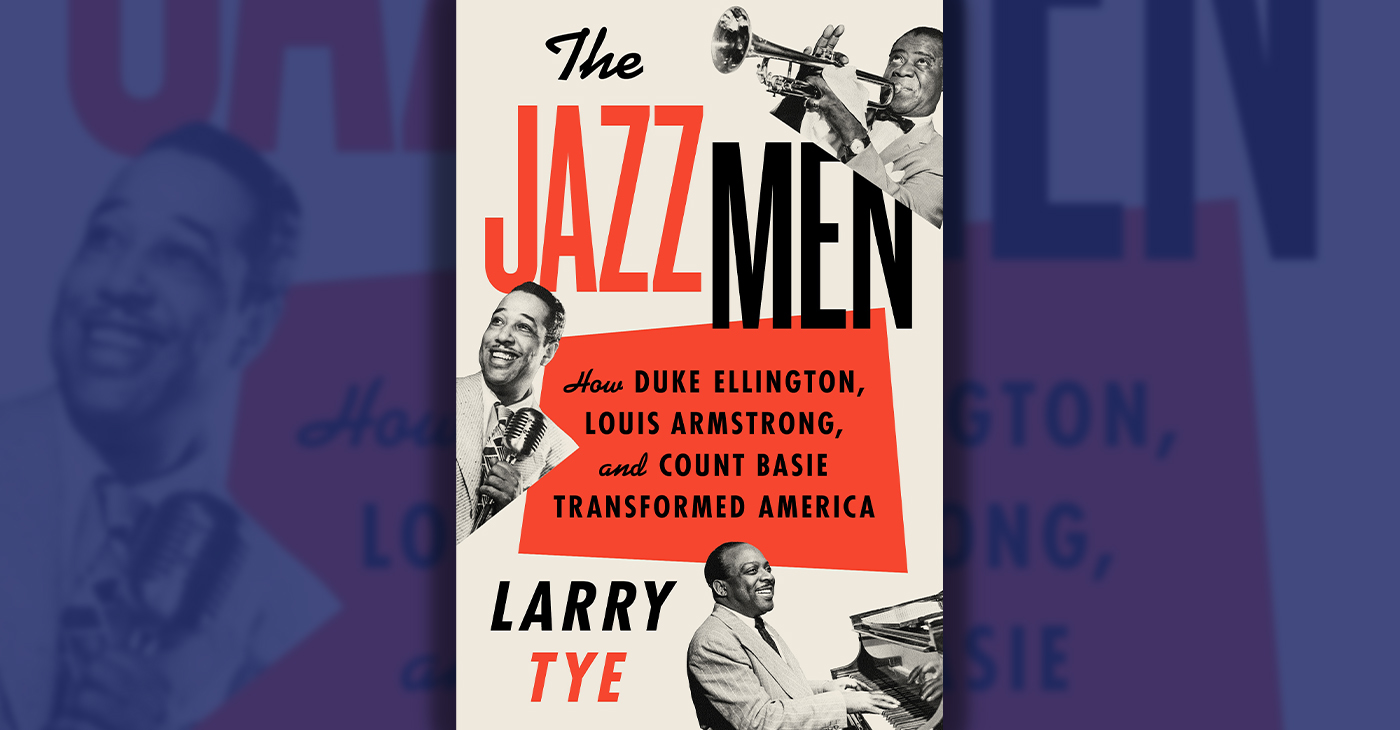
By Terri Schlichenmeyer
Your toes didn’t wait long before they started tapping.
They knew what was coming, almost as soon as the band was seated. They knew before the first notes were played and the hep cats and jazz babies hit the floor to cut a rug. Daddy, it was the bee’s knees but in the new book “The Jazzmen” by Larry Tye, if you were the Sheik on the stage, makin’ cabbage wasn’t all that swank.
Louis Armstrong was born in 1900 or thereabouts in a “four-room frame house on an unpaved lane” in a section of New Orleans called “Back o’Town … the Blackest, swampiest, and most impoverished” area of the city. His mother was a “chippie,” and the boy grew up running barefoot and wild, the latter of which led to trouble. At age twelve, Armstrong was sent to the Colored Waif’s Home for recalcitrant Black boys, and that changed his life. At the “home,” he found mentors, father-figures and love, and he discovered music.
For years, Bill “Count” Basie insisted that he’d grown up with “no-drama, no-mystery, and nobody’s business but his,” but the truth was “sanitized.” He hated school and dropped out in junior high, hoping to join the circus. Instead, he landed a job working in a “moving-picture theater” as a general worker. When the theater’s piano player didn’t come to work one day, Basie volunteered to sit in. He ultimately realized that “I had to get out … of Red Bank [New Jersey], and music was my ticket.”
Even as a young teenager, Edward Ellington insisted that he be treated like a superstar. By then, his friends had nicknamed him “Duke,” for his insistence on dressing elegantly and acting like he was royalty. And he surely was — to his mother, and to millions of swooning female fans later in his life.
Three men, born at roughly the same time, had more in common than their ages. Two of them had mothers “who doted” on them. All three were perform-aholics. And, for all three, “Race … fell away as America listened.”
Feel up to a time-trip back a century or more? You won’t even have to leave your seat, just grab “The Jazzmen” and hang on.
In his introduction, author Larry Tye explains why he so badly wanted to tell the story of these three giants of music and how Basie’s, Ellington’s, and Armstrong’s lives intersected and diverged as all three were near-simultaneously performing for audiences world-wide. Their stories fascinated him, and his excitement runs strong in this book. Among other allures, readers used to today’s star-powered gossip will enjoy learning about an almost-forgotten time when performers took the country by storm by bootstrapping without a retinue of dozens.
And the racism the three performers encountered disappeared like magic sometimes, and that’s a good tale all by itself.
This is a musician’s dream book, but it’s also a must-read story if you’ve never heard of Basie, Ellington, or Armstrong. “The Jazzmen” may send you searching your music library, so make note.
Book Reviews
Book Review: Books for Poetry Month by Various Authors
Picture books for the littles are a great way to introduce your 3-to7-year-old to poetry because simple stories lend themselves to gentle rhymes and lessons. “See You on the Other Side” by Rachel Montez Minor, illustrated by Mariyah Rahman (Crown, $18.99) is a rhyming book about love and loss, but it’s not as sad as you might think.
c.2023, 2024, Various Publishers
$18.99 – $20.00
By Terri Schlichenmeyer
On your hands, you have lots of time.
You can make a song, or you can make a rhyme. Make a long story, make a short one, write what you like, make it simple and fun. Writing poetry uses your imagination: you play with words, paint a picture. There’s no intimidation. Creating poetry can be a breeze, or just reach for and read books exactly like these…
Picture books for the littles are a great way to introduce your 3-to7-year-old to poetry because simple stories lend themselves to gentle rhymes and lessons. “See You on the Other Side” by Rachel Montez Minor, illustrated by Mariyah Rahman (Crown, $18.99) is a rhyming book about love and loss, but it’s not as sad as you might think.
In this book, several young children learn that losing someone beloved is not a forever thing, that it is very sad but it’s not scary because their loved one is always just a thought away. Young readers who’ve recently experienced the death of a parent, grandparent, sibling, or friend will be comforted by the rhyme here, but don’t dismiss the words. Adults who’ve recently lost a loved one will find helpful, comforting words here, too.
Flitting from here to there and back again, author Alice Notley moves through phases of her life, locations, and her diagnosis and treatment of breast cancer in her latest poetry collection, “Being Reflected Upon” (Penguin, $20.00). From 2000 to 2017, Notley lived in Paris where she wrestled with breast cancer. That, and her life abroad, are reflected in the poetry here; she also takes readers on a poetic journey on other adventures and to other places she lived and visited. This book has a random feel that entices readers to skip around and dive in anywhere. Fans of Notley will appreciate her new-age approach to her works; new fans will enjoy digging into her thoughts and visions through poems. Bonus: at least one of the poems may make you laugh.
If you’re a reader who’s willing to look into the future, “Colorfast” by Rose McLarney (Penguin, $20.00) will be a book you’ll return to time and again. This, the author’s fourth collection, is filled with vivid poems of graying and fading, but also of bright shades, small things, women’s lives yesterday and today, McLarney’s Southern childhood, and the things she recalls about her childhood. The poems inside this book are like sitting on a front porch in a wooden rocking chair: they’re comfortable, inviting, and they tell a story that readers will love discovering.
If these books aren’t enough, or if you’re looking for something different, silly, or classic, then head to your favorite bookstore or library. The ladies and gentlemen there will help you figure out exactly what you need, and they can introduce you to the kind of poetry that makes you laugh, makes you cry, entices a child, inspires you, gives you comfort, or makes you want to write your own poems. Isn’t it time to enjoy a rhyme?
Book Reviews
Book Review: “Dear Black Girls: How to Be True to You” by A’Ja Wilson
The envelope on the table is addressed to you. It caught your attention because — who, besides politicians, utilities, and creditors sends anything in the mail these days? Still, it was a nice surprise, no matter what, like a throwback or something. And like the new book, “Dear Black Girls” by A’Ja Wilson, every letter means something.
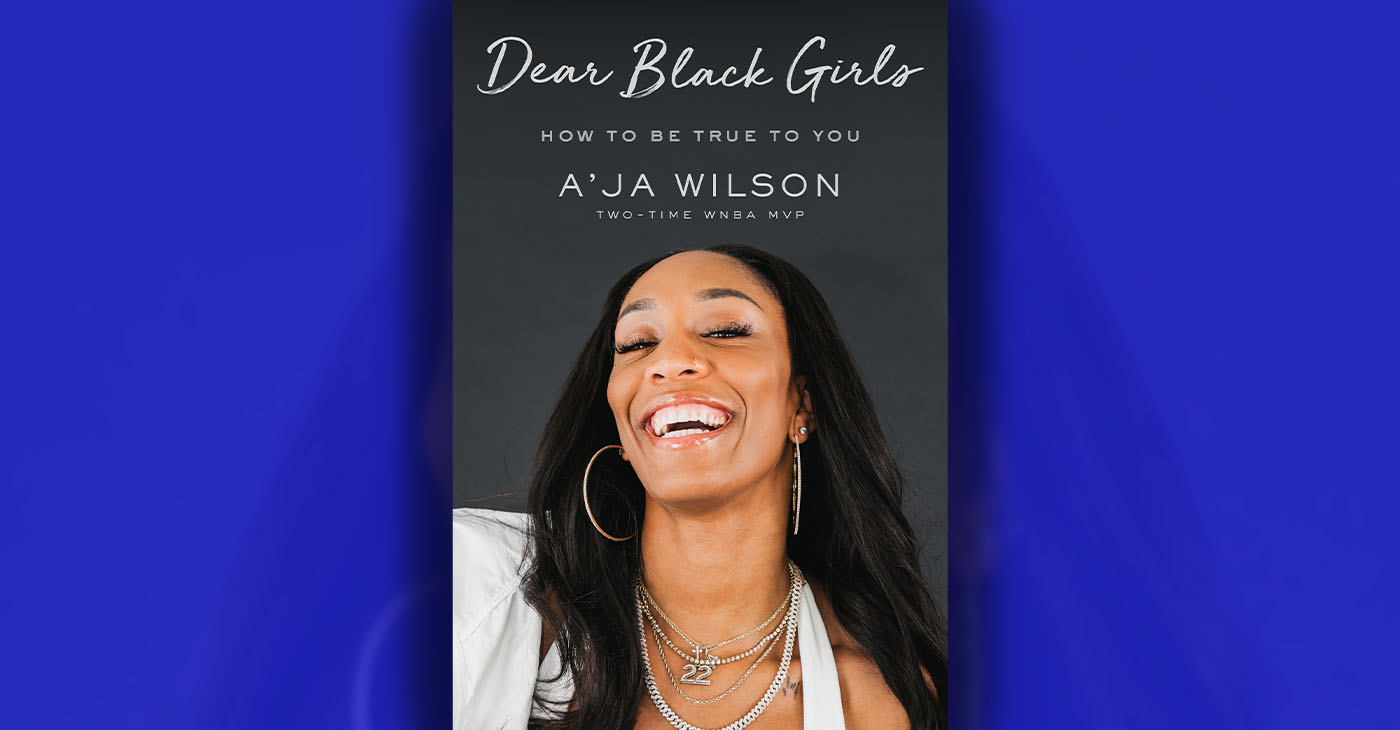
c.2024, Moment of Life Books /Flatiron Books
$24.99
192 pages
Photo Caption: Courtesy of A’Ja Wilson
The envelope on the table is addressed to you.
It caught your attention because — who, besides politicians, utilities, and creditors sends anything in the mail these days? Still, it was a nice surprise, no matter what, like a throwback or something. And like the new book, “Dear Black Girls” by A’Ja Wilson, every letter means something.
From the time she was born until she was in fourth or fifth grade, A’Ja Wilson lived in a bubble. She didn’t know it; she was only a kid, just being herself with no worries. And then, right before one of her best friends was having a birthday party, Wilson learned that the girl’s dad “really [didn’t] like Black people.” Those few words shook Wilson’s dad, they made her mother quietly angry, and they made Wilson doubt herself for many years.
It was her first reminder: “You’re a girl.
Oh! And you’re a Black girl.
Alright, good luck!”
With the help of her parents and her beloved grandmother, Wilson healed but she never forgot. She made sure to know her roots and her family’s story. She was dyslexic, so she struggled, tried to fit in, and grew taller than most boys, which didn’t help her self-esteem. Neither did the fact that at almost every point in her life, the color of her skin mattered in ways that it shouldn’t have mattered. That included her activity on a basketball court.
Wilson was a young teen when her father first threw her a ball and she hated it, but by the time she graduated from high school, she’d found her way. She’d developed a good “Nonsense Detector.” She got some therapy (“Ain’t no shame in it.”); she learned that when she did her best, there were still going to be haters; and she always remembered to be herself and to be a light for others.
Remember, she says, “You don’t have to be an WNBA player or a politician or a celebrity to have an impact on someone.”
So, will you learn a thing or two by reading “Dear Black Girls”?
Yes and no. In her short introduction, author A’Ja Wilson says that this “is not a self-help book,” and that it’s just “a diary of somebody… who looks like you…” Eh, that’s nothing new but despite her protests, “Dear Black Girls” is helpful. You just have to be ready for it.
That’s not hard; Wilson, a two-time WNBA MVP tells her story with a flair for fun. She even tells the sad tales with exuberance, subtly letting readers know that it’s okay, she’s okay, and it’s all just part of her story. Her voice lets you know how much she enjoys life, even when she has tough things to deal with. It’s like hearing encouragement from the top bunk, or getting straight talk from a mentor.
While it might seem to be a book for teenagers only, “Dear Black Girls” would also be a great resource for younger adults. Take a look, see if it doesn’t get your stamp of approval.
-

 Bay Area4 weeks ago
Bay Area4 weeks agoOakland International Airport Will Now Be Called ‘San Francisco Bay Oakland International Airport’
-
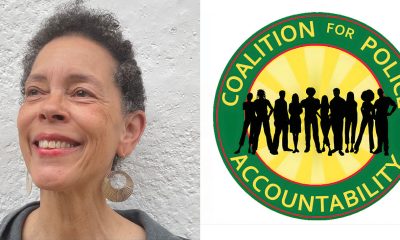
 Bay Area4 weeks ago
Bay Area4 weeks agoRadical Proposal to Limit the Power of Oakland’s Police Commission
-

 Business4 weeks ago
Business4 weeks agoBanning Menthol Cigarettes: California-Based Advocacy Group Joins Suit Against Federal Govt.
-
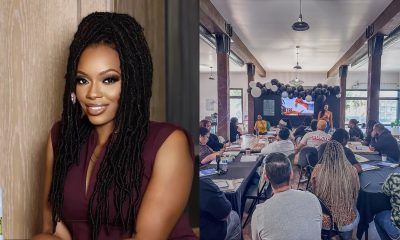
 California Black Media1 week ago
California Black Media1 week agoFunds for Down Payments and Credit Repair Given to Black First Time Homebuyers
-

 Alameda County4 weeks ago
Alameda County4 weeks agoDistrict Attorney Pamela Price Will Face Recall Election on November General Election Ballot
-
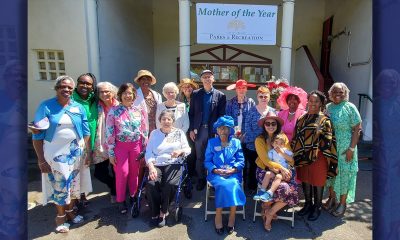
 Bay Area4 weeks ago
Bay Area4 weeks ago‘Ms. Martha’ Humphrey is Oakland’s 2024 Mother of the Year
-
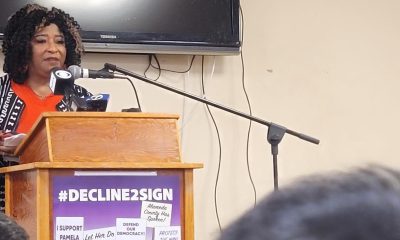
 Alameda County1 week ago
Alameda County1 week agoAlameda District Attorney Pamela Price Is Considering Legal Action If Recall Makes It to Ballot
-

 #NNPA BlackPress2 weeks ago
#NNPA BlackPress2 weeks ago2024 Chevrolet Traverse Off Road




